
REALLY tiny red spider Anystis
The red hourglass (sometimes orange) is found on the ventral side of the abdomen. However, all species can also have orange (sometimes red) markings on the dorsal side of the abdomen. Red Widow ♀ Brown Widow ♀ Western Black Widow ♀ Southern Black Widow ♀ Northern Black Widow ♀ Enoplognatha ovata ♂ ♀ ♀ Jumping Spiders Red carapace & abdomen

Redbacked Jumping Spider I saw this spideror one of his… Flickr
Your local Orkin Pro is trained to help manage orange garden spiders and similar pests. Since every building or home is different, your Orkin Pro will design a unique spider treatment program for your situation. Orkin can provide the right solution to keep orange garden spiders in their place.out of your home, or business. Call us 877-819-5061.
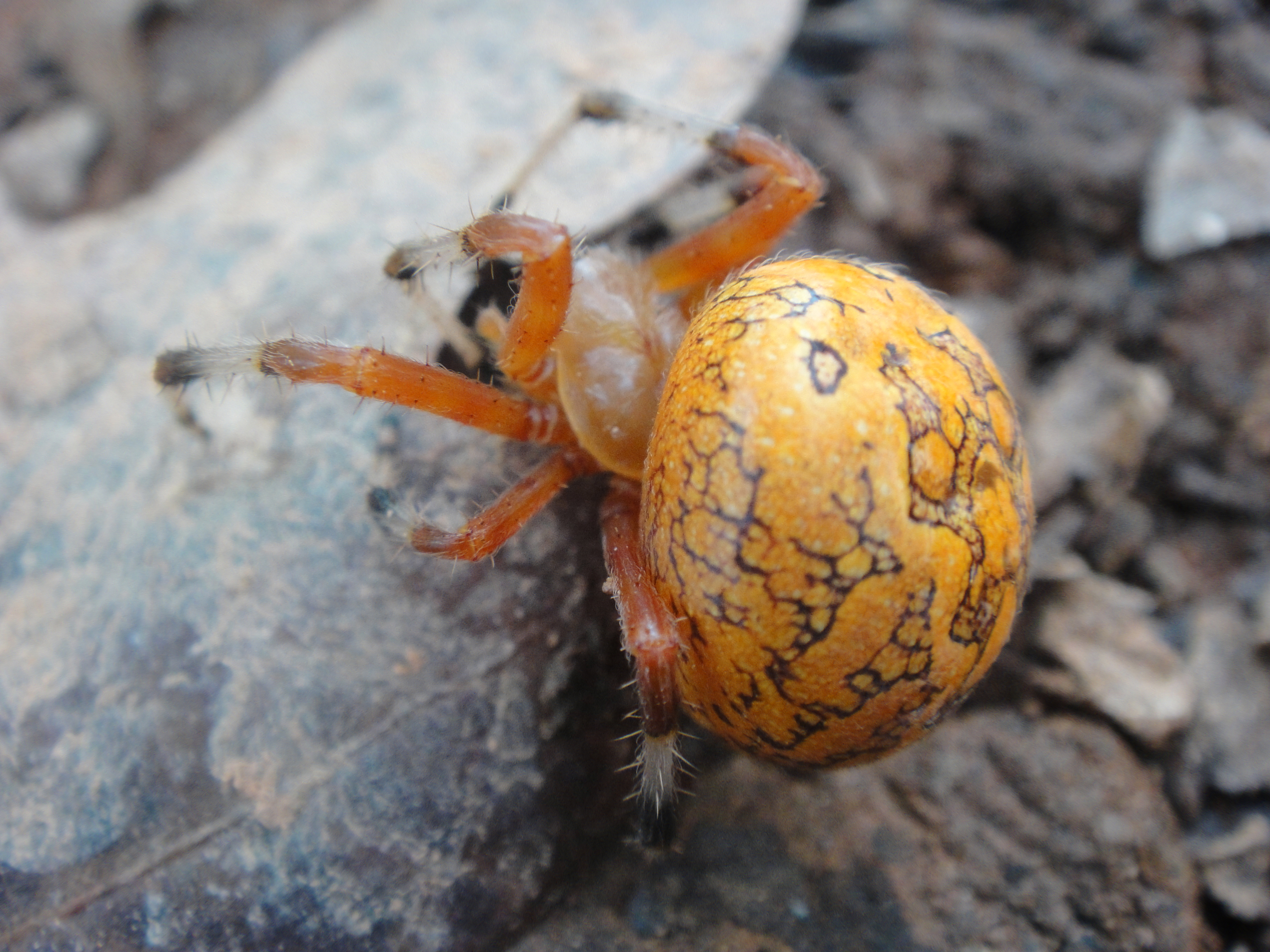
Marbled orbweaver spider Lucky Sci
Most likely you are beginning to notice Araneus marmoreus, or the marbled orb weaver. It's a great name for a rather large and brightly colored spider. Marbled orb weaver (Photo: Lisa Brown, Flicker Sharing). The marbled orb weaver belongs to the genus Araneus, which has over 1,500 members world wide.

Marbled Orb Weaver Jamcleat
The hobo spider is known to be the most aggressive house spider, but isn't truly aggressive since they will only bite if they feel threatened and are not toxic to humans. Hobo spiders are found in moist, dark areas like a basement. Learn which house spiders are the most common, the most helpful, and the most dangerous.

Small Orange Spider
How to Identify Spiders You can identify spiders by their eight legs, the color of their abdomen and cephalothorax (head), six or eight eyes, and mouthparts (chelicerae). In addition, some spiders have identifiable markings such as spots, dots, or spiny bodies and legs. It's also possible to identify species of spiders by the webs they spin.
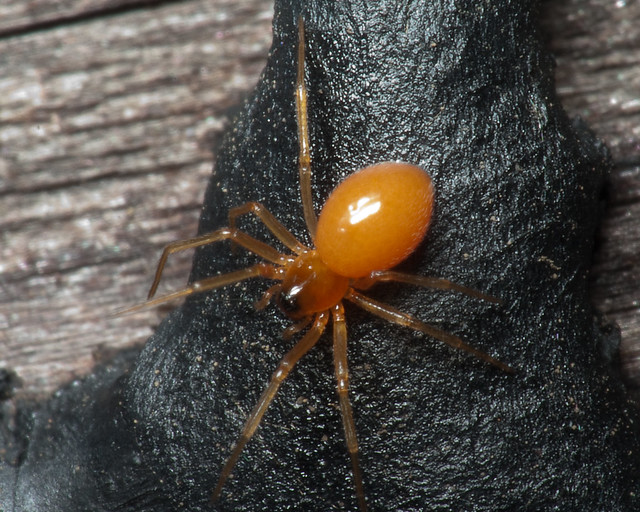
small orange spider 9752 Flickr Photo Sharing!
Arachnida Order Araneae Family Araneidae Genus Araneus Scientific Name Araneus marmoreus Read our Complete Guide to Classification of Animals. Orange Spider Locations Europe North-America Orange Spider Facts Prey Insects Main Prey Insects Group Behavior Mainly solitary
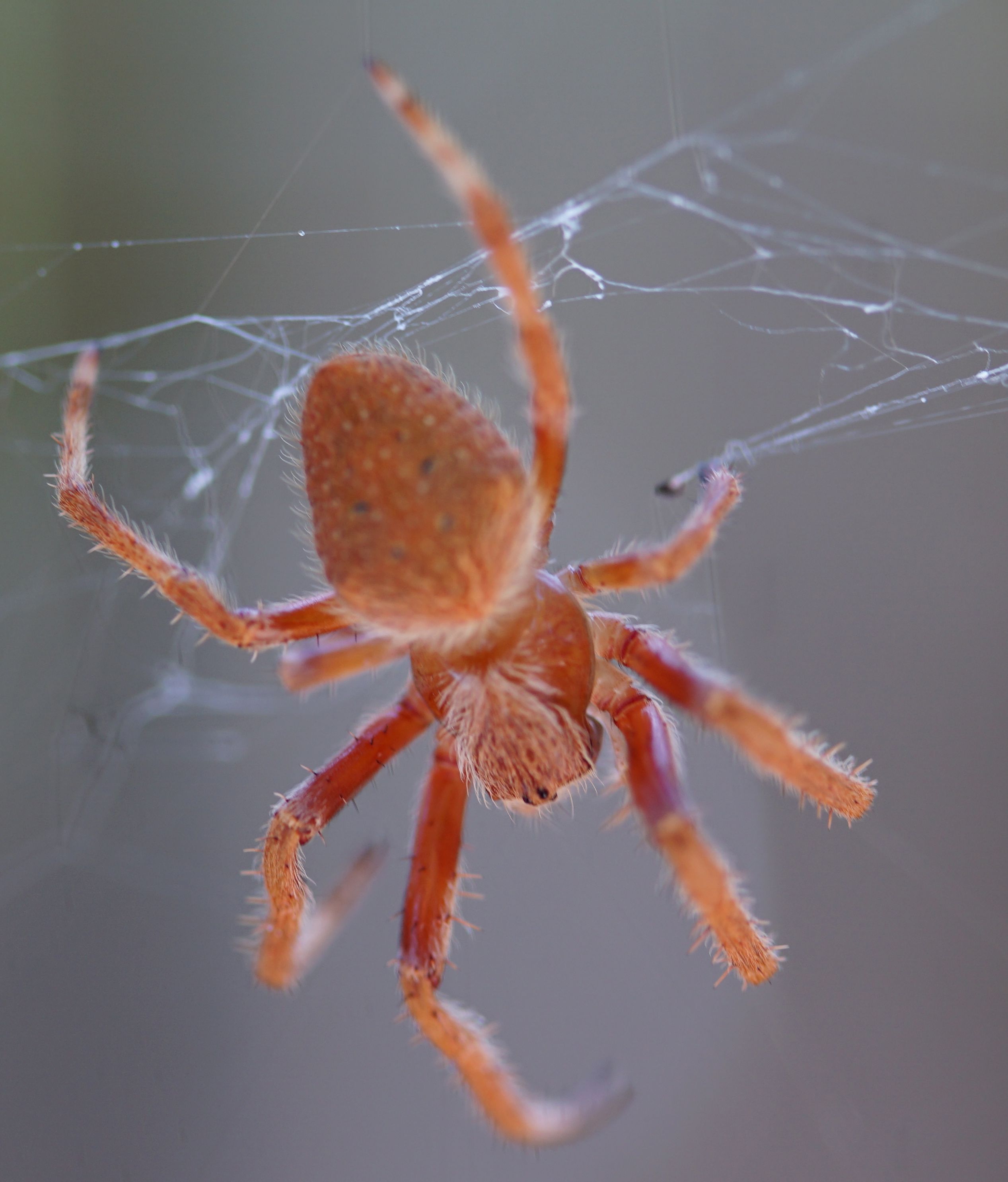
macro photography orange spider sentio
Adanson's House Jumpers are known in Japan as Adanson haetori, where haetori is the Japanese word for jumping spider—literally, "fly-catcher." Cute little haetori-gumo are Japan's standard house spider, and I've found them in my apartment everywhere I've lived, be it city or countryside. Adanson haetori have small, brown or black bodies that grow to less than a centimeter (0.4 in) in size.

House spiders of Ohio Seen these lately?
A small black spider with a round abdomen and red (hourglass-shaped) markings may be a black widow. A small brown spider with a round abdomen and red (hourglass-shaped) markings may be a brown widow. If your spider doesn't look like one of these - Great! Then you are most likely dealing with a harmless spider. Let's identify it!
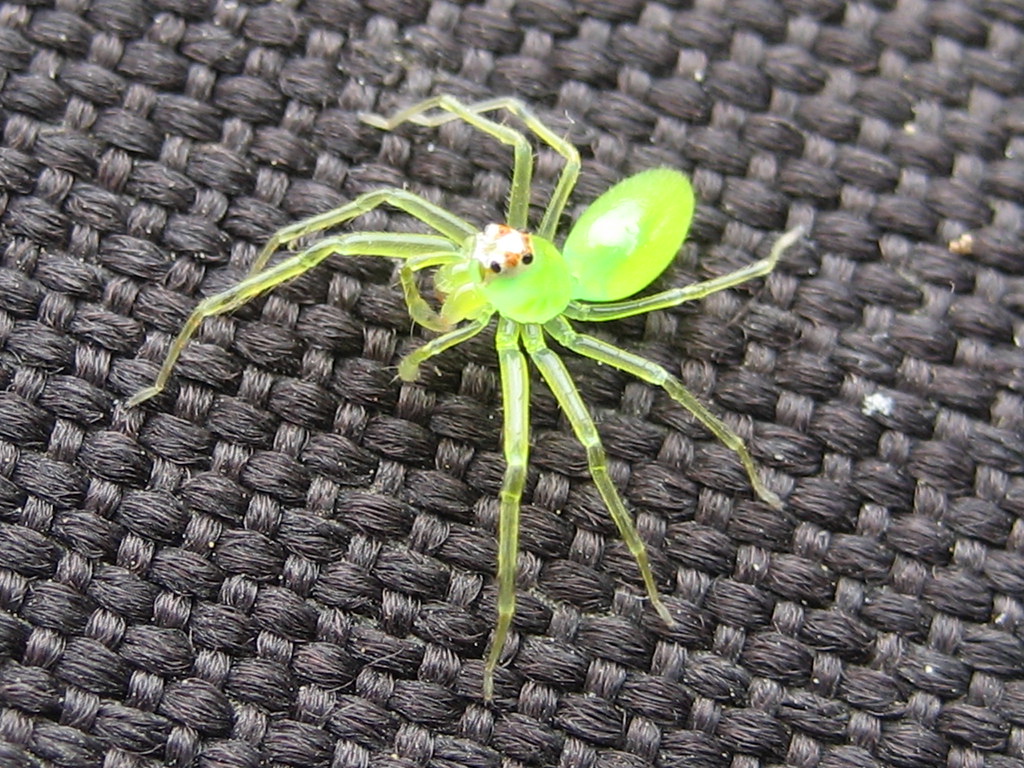
Neon green spider Tiny but Only maybe a half inc… Flickr
Spinybacked orbweaver Scientific name: Gasteracantha cancriformis Common name: Spinybacked orbweaver Highly common in Florida, the Spinybacked Orbweaver is a black and red species with white as a third color visible both in males and females. These spiders are known for being mostly black and for having a round shape.

Warning Poisonous Spiders Found In New York
17 Small Spider Species 1. Patu Digua 2. The Money Spider 3. Ant Mimic Spiders 4. Bold Jumping Spider 5. White Crap Spider 6. Walnut Orb-Weavers 7. Garden Spider 8. Woodlouse Spider 9. Green Huntsman Spiders 10. Green Leaf Web Spiders 11 Sac Spiders 12. American House Spiders 13. Australian Black Widow 14. Green Cribellate Spider 15.

This red creature should be a baby spider, please let us know if not. we found it in a morning
The small marbled orb-weaver spider has an easily identifiable rounded, bulbous brightly-colored orange abdomen with yellowish and black marbling. Other recognizable features of this common spider are its spiny orange, black, and white legs. The marbled orb-weaver spider measures 0.35" to 0.79" (9 - 20 mm).

What is this tiny little orange spider? Found in my bathroom, Yorkshire, UK. Around 12mm r
List of orange spiders Instantaneous filtering and sorting of the 567 covered spider species at your fingertips. Spider Search allows you to narrow down a spider's species by both unique identifying traits, and primary colors. For a more advanced view of spiders currently covered by Spider ID, you can also navigate the Spider Taxonomy.

orange spider Araneus iviei
Invertebrate / By Vy Nguyen Some spiders have red or orange legs. From small orb-weavers to large tarantulas, there are different species with a vast range of orange nuance legs. Orange-brown legs and orange-to-red legs are some of the typical nuances of spider legs. The various orange colors of the legs can also appear slightly translucent.
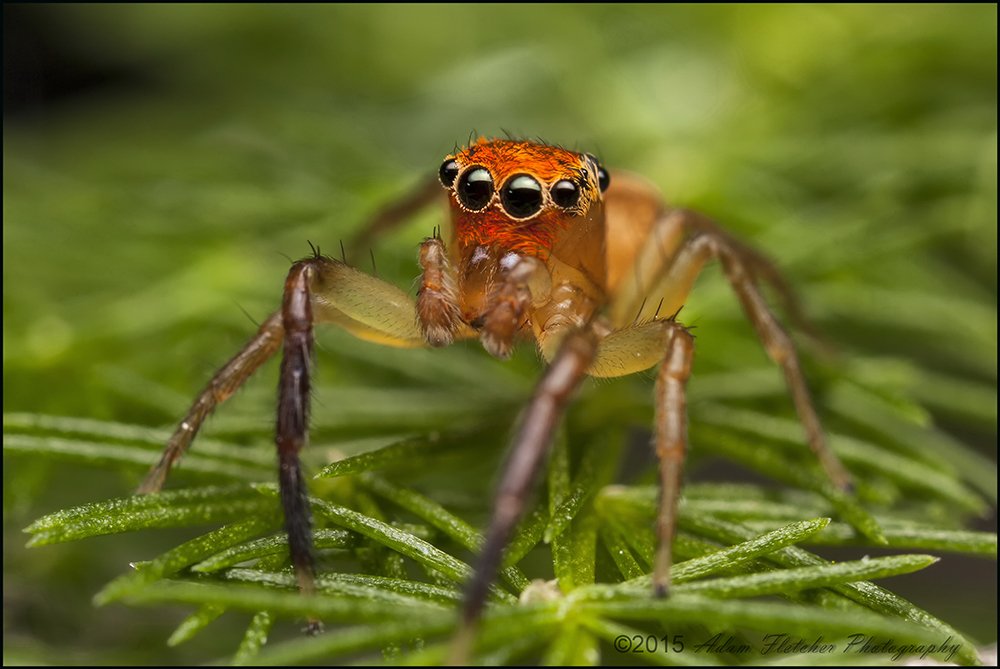
Jumping spider a bright shade of orange Australian Geographic
The red-backed jumping spider has a black cephalothorax and orange-red abdomen. In addition, the female red-backed jumping spider has an identifiable black abdominal stripe. These black and orange spiders measure 0.35" to 0.55" (9 - 14 mm) long. Thus, this species is one of the larger types of jumping spiders.
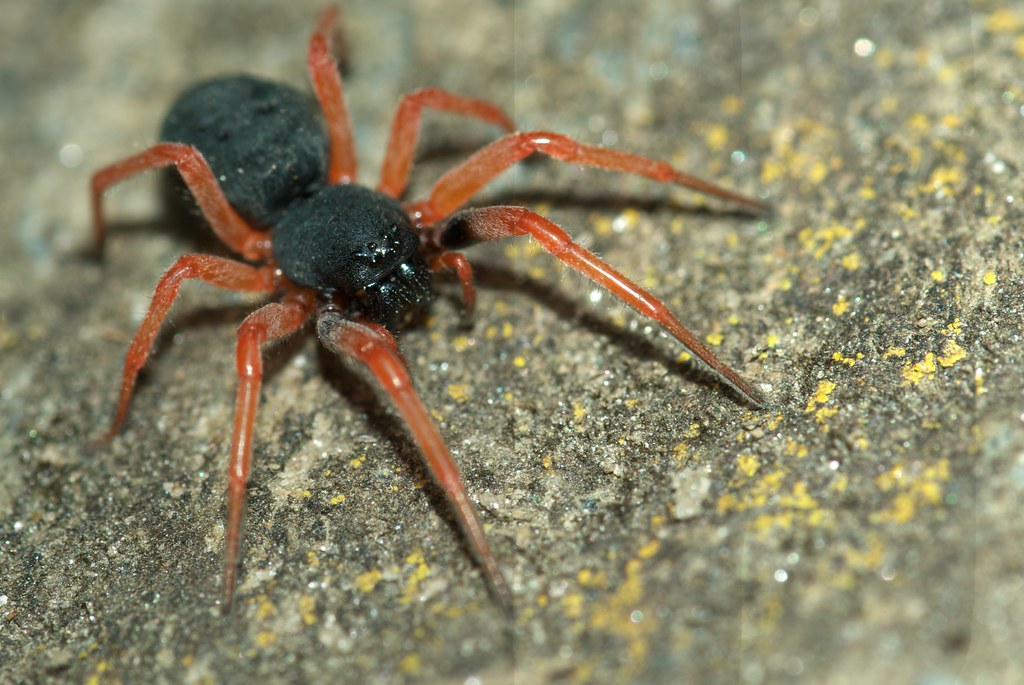
Orange legged spider Found during a day hike between Salka… Flickr
The orange garden spider is a common small spider found in gardens all over the world. They are typically around 1 cm in size and have a bright orange coloring. These spiders are harmless to humans and typically prey on insects. They can be found in gardens, fields, and other rural areas.

Insect and Spider Identification CLOSED Small bright green spider please identify, 1 by YeeFam
Black Widow Spider. Black Widow. Size: Adult female is about 1/2 inch long. Color: Adult females are glossy black with a variable number of red markings on the top and bottom of abdomen. Adults males are similar, but with a few white markings. Juveniles are highly variable. Features: Abdomen is nearly spherical on adult females and juveniles. Male is slimmer with longer legs (pictured here).